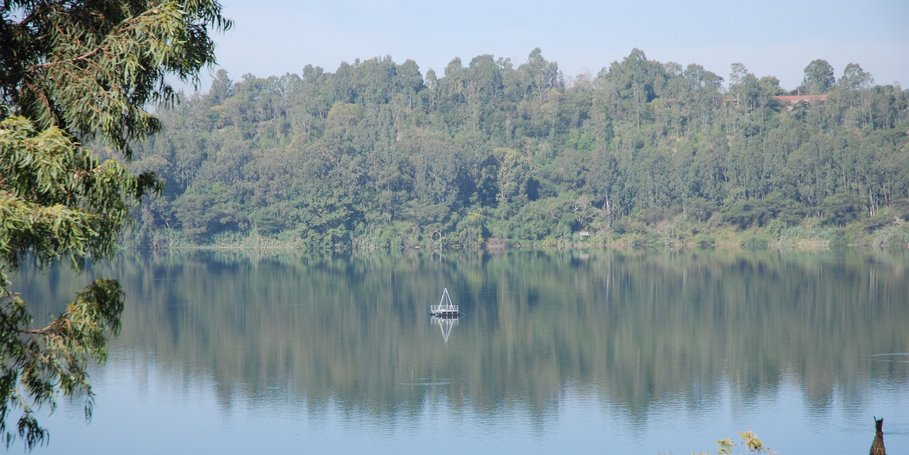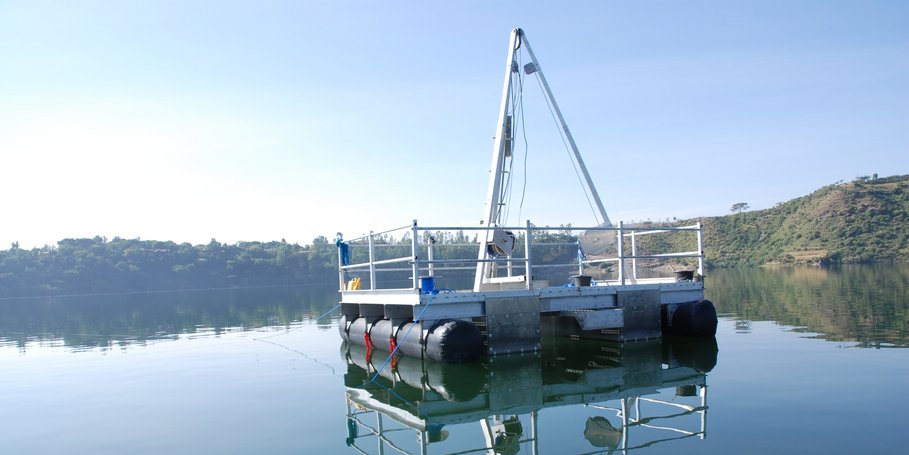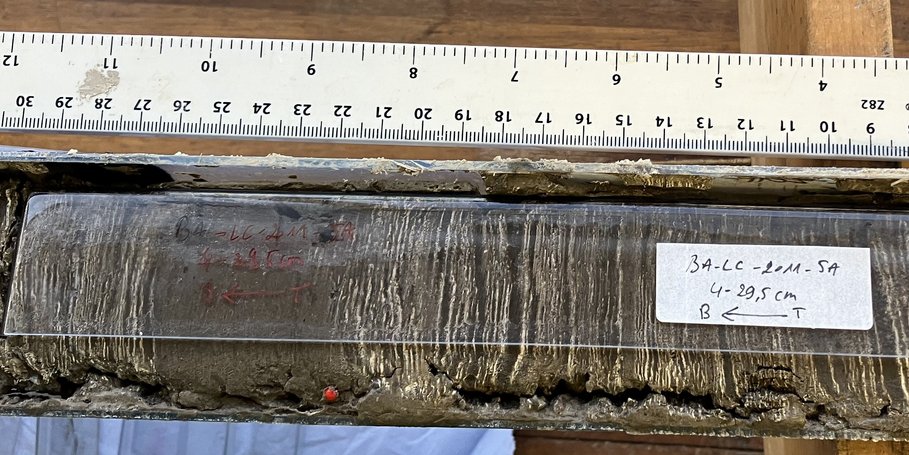Rainfall variability at the source of the Nile River during the past 6,000 yrs | Rain6K
The Rain6K project focuses on elucidating the decadal variability of past rainfall in central Ethiopia using an annual sedimentary record from Lake Babogaya. This crater lake is ideally situated to track precipitation changes close to the Blue Nile, which is one of the main sources of the Nile River. For this project, we use a sediment core covering the last 6,000 yrs, which contains annually-laminated (varved) sediments. The combination of microfacies analyses and geochemical tools will enable us to investigate the rainfall dynamics at decadal scale. The past 6,000 years covers a period of intense human activity in the upper and lower Nile Valley and encompasses intervals of significant climatic changes.
The Rain6K project aims to investigate the climatic forcing of extreme rainfall events or droughts in Ethiopia during this interval, in order to inform our future in the context of global warming. Such a high-resolution reconstruction will also constitute a much-needed climatic framework for the archaeological community that will help to illuminate the human-climate relationships. In addition, we will compare the results obtained to information on past changes in the Nile flow derived from the so-called Nilometer records. These yearly records of past Nile levels were obtained by Ancient Egyptians during the past 2,000 yrs and will allow us to explore the relationships between rainfall variability in the source region and the downward expression as seasonal floods.
- Henry Lamb, Aberystwyth University, UK
- Frank Schäbitz, University of Cologne, Germany
- Kassaye Asfawossen Asrat, Botswana International University of Science and Technology, Botswana
- Christine Lane, University of Cambridge, UK
- Eloise Wilkinson-Rowe (MSc student), University of Oxford, UK
- Sarah Davies, Aberystwyth University, UK
- Seifu Kebede Gurmessa, University of Kwazulu-Natal, South Africa



